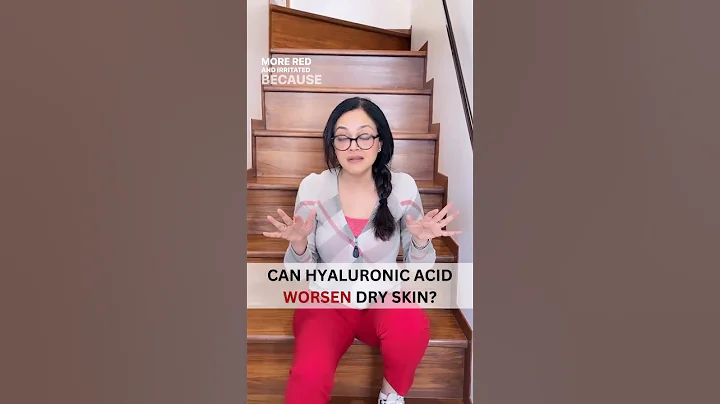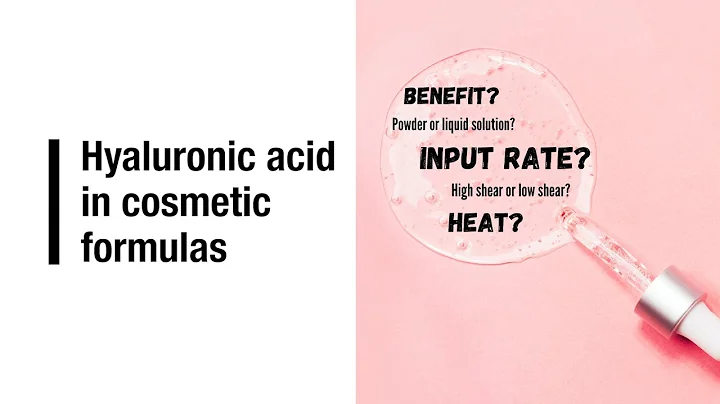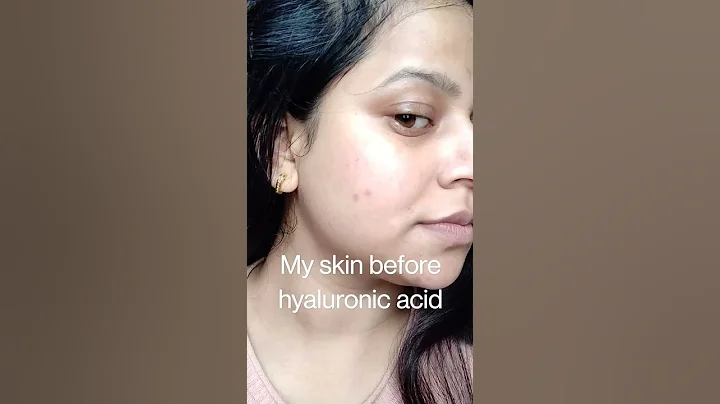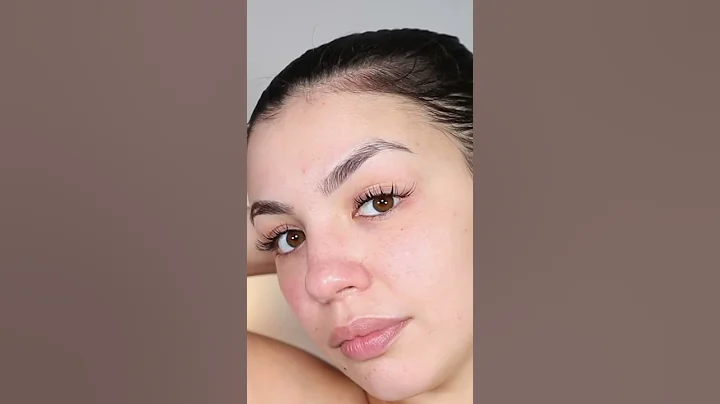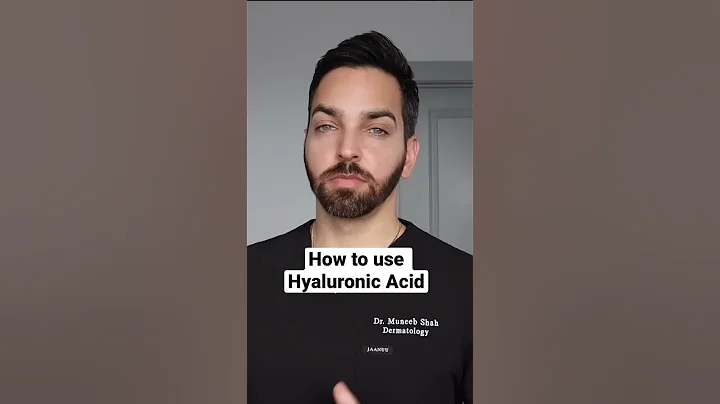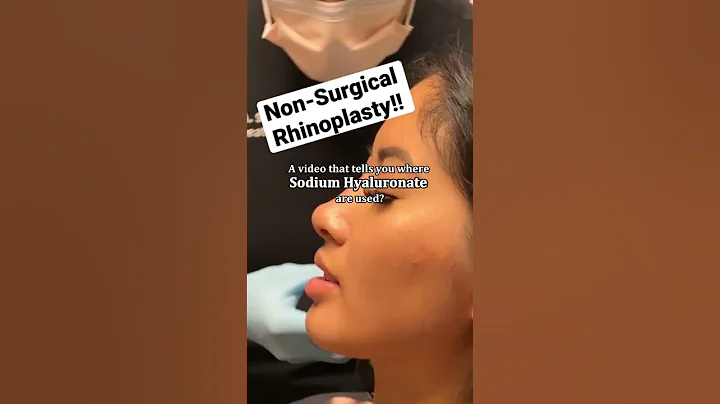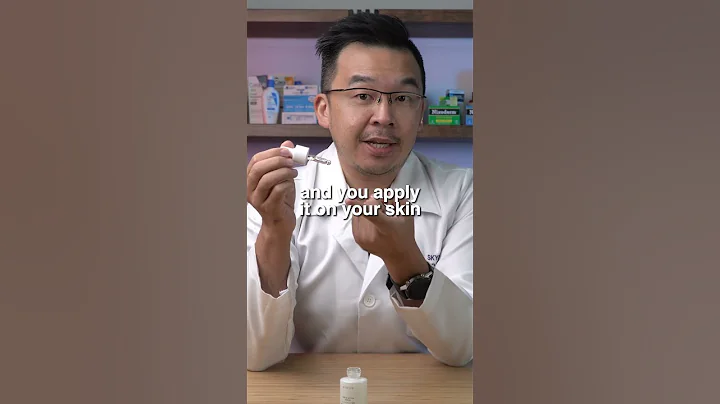
"Be wary of empiricism"
Can hyaluronic acid and sodium hyaluronate be confused? The answer is: no.
Recently, Shanghai Oumei Cosmetic Co., Ltd. was fined because the product was advertised as hyaluronic acid, but the ingredient list was sodium hyaluronate. In fact, the industry has long been accustomed to equating the two when promoting and even filing, but this is obviously undesirable.
The company was fined
According to administrative penalty information, on December 7, 2021, the Shanghai Jing’an District Market Supervision and Administration Bureau received a report saying that Shanghai Oumei Cosmeceutical Co., Ltd. (referred to as Oumei Cosmeceutical ) falsely promoted products in an e-commerce store he operated, "omey Cosmetics Flagship."

▍Taken from
of the Shanghai Municipal Supervision Bureau. After investigation, on November 19, 2021, Oumei Cosmetics released the "Shuyu Mallow High Moisturizing Essence" product page in the above-mentioned store. The page promoted "Plant-extracted hyaluronic acid 1000 times Deeply hydrating”. In addition, according to the paper "Physiological Functions of Hyaluronic Acid and Its Application in Cosmetics and Beauty and Health Foods" provided by Oumei Cosmetics, "Hyaluronic acid molecules can absorb and retain water approximately 1,000 times its own weight."
However, the Jing’an District Municipal Supervision Bureau of Shanghai believes that there is no “hyaluronic acid” but “sodium hyaluronate” in the ingredient list of this product. The promotion on the above page may easily lead consumers to misunderstand that the product contains pure and stable hyaluronic acid.
Taken together, Oumei Cosmetics violates Article 20, Paragraph 1 of the " Consumer Rights and Interests Protection Law " "Operators shall provide consumers with information on the quality, performance, use, validity period, etc. of goods or services. "True and comprehensive, and no false or misleading publicity is allowed", which constitutes an illegal act of making misleading publicity to consumers. In the end, the Municipal Supervision Bureau of Jing'an District, Shanghai gave Oumei Cosmetics a warning and fined 3,000 yuan.
What is the difference between hyaluronic acid and sodium hyaluronate?
In reality, it is very common for cosmetics companies to equate " hyaluronic acid , hyaluronic acid, and sodium hyaluronate".
Qingyan found that although many products are named after "hyaluronic acid", the raw material added in their ingredient lists is actually "sodium hyaluronate"; most of the products named after "hyaluronic acid" also add hyaluronic acid sodium acid. These products include both domestic brands and imported brands.


▍Cut from National Food and Drug Administration
It should be noted that according to the new cosmetics regulations, the use of specific raw material names or words indicating the category of raw materials should be consistent with the product formula ingredients, and the effect of the raw material in the product The effect should be consistent with the product efficacy claim. In short, the name of the product after the raw material needs to be consistent with the actual efficacy.
Qingyan searched on the 1688 platform with the keyword "hyaluronic acid". Most of the related products that appeared were sodium hyaluronate, including sodium hyaluronate powder, sodium hyaluronate solution, and high and low molecular hyaluronic acid. Sodium etc. In addition, the product names of many raw materials include hyaluronic acid, sodium hyaluronate, and hyaluronic acid.


▍Screenshot from the 1688 platform (screenshot at 18:00 on June 27)
Many industry engineers also told Qingyan, “It is an industry norm to confuse hyaluronic acid and sodium hyaluronate, and ‘hyaluronic acid’ is also commonly used in many product claims. Acid' comes to refer to 'sodium hyaluronate'".
Therefore, Oumei Cosmetics’ being fined is quite a warning. Even though this is the industry practice, hyaluronic acid and sodium hyaluronate are indeed different.
Public information shows that hyaluronic acid is an acidic mucopolysaccharide , which was first isolated from the vitreous body of bovine eyes. Human skin also contains a large amount of hyaluronic acid; and sodium hyaluronate was first extracted from rooster combs. The substance can also be produced by fermentation of Lactococcus, in the form of white or off-white granules or powder.
Many R&D engineers told Qingyan that both hyaluronic acid and sodium hyaluronate can be used in cosmetics, and their main functions are moisturizing. The specific difference between them is that hyaluronic acid is an acid, sodium hyaluronate is a salt, and sodium hyaluronate is more stable because it contains sodium.The chemical structures of and are also different between the two. Sodium hyaluronate is the sodium salt form of hyaluronic acid. Usually hyaluronic acid exists in the form of sodium salt in applications.
In addition, according to the Catalog of Used Cosmetic Raw Materials (2021 Edition), hyaluronic acid and sodium hyaluronate are both included. There is a difference between the two in the highest historical usage of rinse-off products and the highest historical usage of leave-on products.

▍Censored from the catalog of used cosmetic raw materials (2021 edition)
Li Jincong, developer of the Cosmetic Prohibited Words Network, said that strictly speaking, hyaluronic acid and sodium hyaluronate are indeed not the same substance, but it is also common for them to be confused in the industry. . "Usually 'hyaluronic acid' and 'sodium hyaluronate' both refer to 'hyaluronic acid', but when actually labeling the ingredient names on the product, fill them in truthfully."
Be careful when promoting ingredients
The industry will distinguish hyaluronic acid from hyaluronic acid The confusion of sodium is not unrelated to the highly overlapping functions of the two.
Many engineers and industry insiders bluntly stated that there is not much difference in their moisturizing effects. Binghan, the founder of the rational skin care movement, said that the absorption of hyaluronic acid and sodium hyaluronate can reach up to about 1,000 times. Another engineer at
who did not want to be named also said that sodium hyaluronate is usually available on the market. Hyaluronic acid is sold in small quantities, and hyaluronic acid generally needs to be neutralized before use. He said, "After neutralization, there will be free hyaluronic acid, so the necessity of the above punishment is indeed not strong."
Li Bin, deputy general manager of Zhongshan Lichuang Quality Management Service Co., Ltd. told Qingyan that hyaluronic acid Sodium is more stable than hyaluronic acid, so most companies add sodium hyaluronate. In addition, Li Bin believes that because hyaluronic acid is relatively well-known, many consumers have the understanding that "hyaluronic acid is hyaluronic acid". Therefore, most product claims will state hyaluronic acid or hyaluronic acid, but in fact, hyaluronic acid is added. sodium.
Therefore, Oumei cosmeceuticals seem to have suffered a loss from empiricism, and a similar incident is the "amino acid cleansing".
The industry has already defaulted that amino acid cleansers refer to cleansing products that add the amino acid surfactant . However, in January this year, when a company registered a product called "XXX Amino Acid Cleansing Facial Cleanser", due to the "The product name contains amino acids , and amino acid surfactants are added to the formula" but was rejected and asked to modify the product name (see "Official Response! Amino Acid Cleansing Will Not Disappear" for details). In response to this issue, the Guangzhou Market Supervision Bureau also stated that “amino acid surfactants and amino acids cannot be equated.” Before
, the registration of amino acid cleanser was rejected, and later, sodium hyaluronate was fined for claiming to be hyaluronic acid. It is not difficult to find that in the face of new regulations, industry practices cannot deviate from the guidelines for naming and claiming cosmetics.



1999 yuan/year Become an individual member of Qingyan Intelligence and get the latest industry intelligence. Click here Green Eyes Information Member



